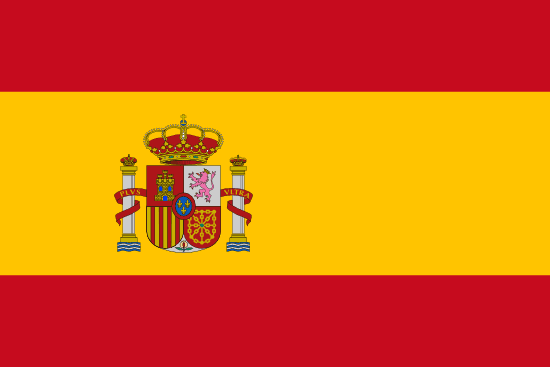"Segovia, ciudad de cuentos | Segovia, city of tales"
About:
Segovia, a city in Spain, traces its roots back to the Celtiberians before Roman occupation in 80 BC. It flourished under the Romans, evident by the iconic Aqueduct built around 1st century AD. After the fall of the Roman Empire, Segovia was ruled by Visigoths, followed by Islamic rule in the 8th century. Reconquered by Christians in 1088, it became a significant wool and textile center. In 1985, UNESCO declared Segovia's old city and aqueduct a World Heritage Site. Today, it remains a vibrant cultural hub.
When to visit:
Segovia, a historic city in Spain known for its well-preserved Roman aqueduct and stunning Alcázar castle, is a popular destination for tourists throughout the year. However, the best time to visit Segovia on a holiday is during the spring or fall when the weather is mild and comfortable for exploring the city's attractions on foot. These seasons also offer fewer crowds compared to the peak summer months, allowing visitors to enjoy a more relaxed and authentic experience. Be sure to check the local festival calendar as well, as events such as the Feast of San Juan in June or the Segovia Hay Festival in September can provide a unique cultural experience during your holiday in Segovia.
When to avoid:
The worst time to travel to Segovia on a holiday is during the peak summer months of July and August. These months experience scorching temperatures, with highs often exceeding 30°C (86°F). The intense heat can make sightseeing uncomfortable and increase the risk of heat-related illnesses. Additionally, these months attract large crowds of tourists, leading to long queues at popular attractions and higher accommodation prices. Travelers seeking a more comfortable and budget-friendly experience may prefer to visit Segovia during the shoulder seasons of spring and autumn.
Winter Season (Dec-Feb)
Winter in Segovia, Spain, typically runs from December to February, with January being the coldest month. Average temperatures can drop to around 3°C, sometimes even falling below freezing. Rainfall is moderate, with January seeing about 30mm. The city experiences an average of 3 hours of sunlight per day, with frequent cloud cover. Snowfall is also common, adding a magical touch to the city's historic sites. Visitors can expect brisk days, often needing to bundle up against the chill. Indoor activities and hot local cuisine become particularly appealing during this season.
"Summer (June-August)"
The warmest part of the year in Segovia, Spain, is from June to September, with July and August being the peak of the summer season. During these months, the average high temperature ranges from 26°C (79°F) to 31°C (88°F). The average low temperature is around 13°C (55°F) to 15°C (59°F).
Rainfall is relatively low during this period, with July being the driest month, averaging 10mm of rainfall. The summer months also enjoy the most sunlight, with an average of 10 to 11 hours of daylight per day.
Humidity is generally low, making the heat more tolerable. It ranges from 30% to 50%, which is considered comfortable for most people. As for cloudiness, clear or partly cloudy skies are more common, which means you can expect plenty of sunshine.
For a visitor, a typical day in Segovia during the warmest part of the year would feel warm to hot, especially in the afternoon. However, the low humidity keeps the heat from feeling oppressive. The mornings and evenings are cooler, perfect for outdoor activities. The low chance of rain and abundant sunshine make it an ideal time for sightseeing and exploring the city's historical sites.
Language:
In Segovia, a city in Spain, the most commonly spoken language is Spanish, as it is the official language of the country. However, English is also widely spoken, especially among the younger generation and in the tourism industry. Other languages you might hear include French and German, primarily spoken by tourists.




